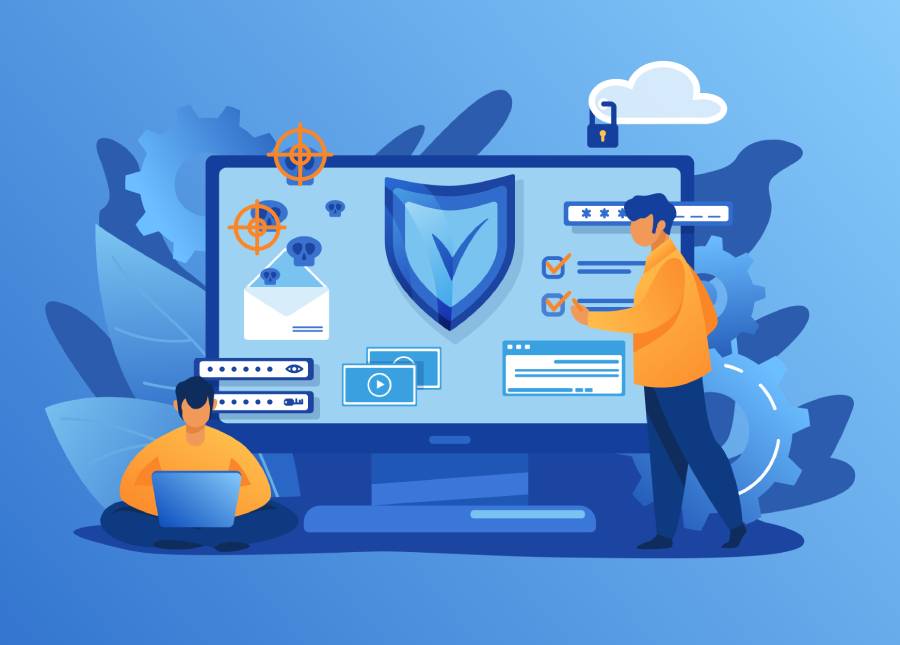Blogs

Website Security: Best Practices for Protecting Your Online Assets
In today’s digital age, website security is more critical than ever before. With cyber threats on the rise, protecting your online assets is paramount to safeguarding sensitive information, maintaining customer trust, and ensuring uninterrupted business operations. In this blog, we’ll explore best practices for enhancing website security and mitigating potential risks.
Understanding Website Security
Website security refers to the measures taken to protect websites and their data from cyber threats such as hackers, malware, and data breaches. It encompasses various techniques and technologies aimed at safeguarding sensitive information and maintaining the integrity of the website.
Importance of Website Security
The consequences of a security breach can be severe, ranging from financial losses to damage to reputation and customer trust. By prioritizing website security, businesses can mitigate these risks and ensure the smooth functioning of their online operations.
Best Practices for Website Security
Use SSL Certificates:
Secure Sockets Layer (SSL) certificates encrypt data transmitted between a user’s browser and the website, preventing unauthorized access to sensitive information. Implementing SSL certificates is essential for securing online transactions and protecting user privacy.
Keep Software Updated:
Regularly updating website software, including content management systems (CMS), plugins, and themes, is crucial for addressing known vulnerabilities and patching security flaws. Hackers often exploit outdated software to gain unauthorized access to websites, making timely updates essential for maintaining website security.
Implement Firewalls:
Firewalls act as a barrier between your website and potential threats, monitoring incoming and outgoing traffic to block malicious activity. By deploying firewalls, businesses can effectively prevent unauthorized access and protect their online assets from cyber attacks.
Employ Malware Detection Tools:
Malware detection tools scan websites for malicious code and malware, identifying and removing potential threats before they can cause harm. Regular malware scans are essential for detecting and mitigating security risks, safeguarding website integrity and user data.
Secure Password Practices:
Enforcing strong password policies, such as requiring complex passwords and implementing multi-factor authentication (MFA), can significantly enhance website securities. Encourage users to create unique passwords and regularly update them to minimize the risk of unauthorized access.
Backup Your Website Regularly:
Regularly backing up website data is essential for mitigating the impact of security breaches and minimizing downtime in the event of an attack. Implement automated backup solutions to ensure data redundancy and quick restoration in case of emergencies.
Monitor Website Activity:
Monitoring website activity and logging access attempts can help detect suspicious behavior and potential security threats. Implementing intrusion detection systems (IDS) and security monitoring tools enables businesses to identify and respond to security incidents promptly.
Conclusion
In an increasingly interconnected world, website security is a fundamental aspect of maintaining a secure online presence. By implementing robust security measures and adhering to best practices, businesses can protect their online assets, safeguard sensitive information, and preserve customer trust. Prioritizing website security is not only essential for mitigating cyber threats but also for ensuring the long-term success and resilience of your online business.



